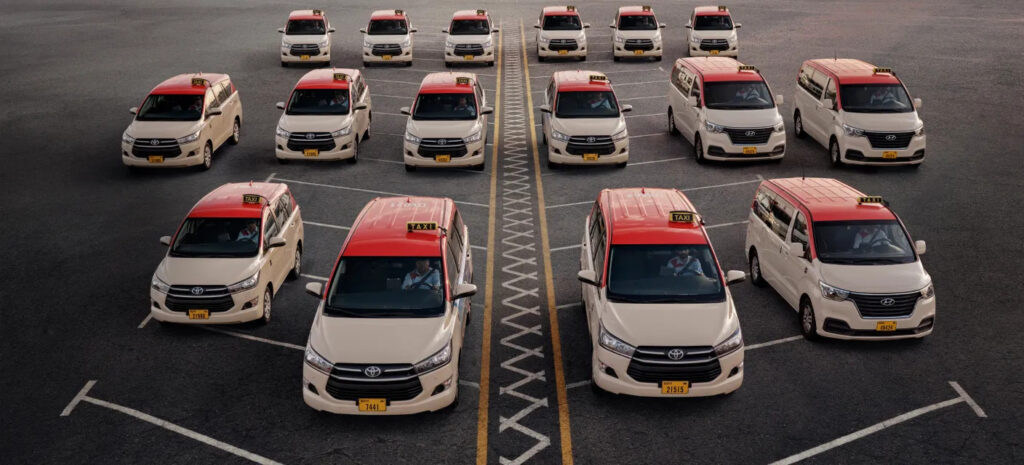
IMAGE COURTESY: GWEC
Global Wind Energy Adds 117 GW of New Capacity in 2023
The global wind industry has added a record 117 gigawatts (GW) of new capacity last year, representing a 50% year-on-year increase from 2022, the Global Wind Energy Council (GWEC) said on Tuesday.
In its latest “Global Wind Report 2024,” GWEC, which analyses the growth of wind energy worldwide, said that the year-on-year expansion was observed across 54 countries spanning all continents.
Global installed onshore wind capacity surpassed the 100GW-mark for the first time, with a year-on-year growth rate of 54%, while offshore wind installations also performed strongly, reaching a total of 10.8 GW during 2023.
GWEC has called upon policymakers to craft targeted policies that tackle growth obstacles within the energy sector, including planning bottlenecks, grid congestion and inadequately structured auctions. The cumulative global wind power capacity exceeded the 1-terawatt (TW) milestone, reaching a total of 1021 GW, with a year-on-year increase of 13%,” the report said.
GWEC has revised its growth forecast for the period between 2024 and 2030 upwards by 10%, projecting a total capacity of 1,210 GW. The forecast was updated as major economies are now establishing national industrial policies focused on gathering momentum in offshore wind.
The report further emphasised that the industry needs to triple this yearly growth rate, and has to install at least 320 GW of new capacity every year by 2030. This is necessary to reach net-zero emissions by 2050, aligning with the global temperature goal of limiting warming to 1.5C.
Region-Wise Progress
China emerged as a dominant player in the industry, setting a new record with 75GW of new installations in 2023. The other top markets for new wind installations included the US, Brazil, Germany and India.
The Asia-Pacific region experienced considerable growth, driven primarily by China, with a 106% year-on-year increase in installations. Latin America also saw growth, with a 21% increase in installations, led by Brazil. Wind installations in Africa and the Middle East surged by 182% compared to the previous year.
Miles to Go
GWEC CEO Ben Backwell said that it was great to see wind industry growth picking up, and they were proud of reaching a new annual record. However much more needs to be done to unlock growth by policymakers, industry and other stakeholders to get on to the 3X pathway needed to reach Net Zero.
Growth is highly concentrated in a few big countries like China, the US, Brazil and Germany, and we need many more countries to remove barriers and improve market frameworks to scale up wind installations, he said.
According to Backwell, geopolitical instability may continue for some time. But as a key energy transition technology, the wind industry needs policymakers to be laser-focused on addressing growth challenges such as planning bottlenecks, grid queues and poorly designed auctions.
“These are the measures that will significantly ramp up project pipelines and delivery, rather than reverting to restrictive trade measures and hostile forms of competition. Enhanced global collaboration is essential to fostering the conducive business environments and efficient supply chains required to accelerate wind and renewable energy growth in line with a 1.5C pathway,” he added.
Suzlon Energy’s vice president Girish Tanti said that the Global North, which has largely shouldered the green energy revolution so far, requires the Global South’s support and potential in cost-efficient technology and supply chain to capitalise on renewable energy’s true potential.
“Renewable energy is the equaliser that our fragmented world needs right now as it can decentralise power generation, secure millions of new jobs, and meet the basic necessities of clean air and good health for all,” Tanti added.
Last year, at the UN’s climate summit – COP28 – hosted by the Emirate of Dubai, more than 100 countries signed up to a commitment to keep the 2016 1.5C pathway of the Paris Agreement alive by pledging to triple global renewable capacity and doubling the annual rate of energy efficiency improvements by 2030.
Masdar CEO Mohamed Jameel Al Ramahi said that with the historic UAE consensus achieved at COP28, the world has committed to tripling global renewable energy capacity by 2030.
Wind energy will play a critical role in reaching these ambitions, with the Global Wind Report highlighting a record year for growth in 2023 and outlining the steps needed to triple wind capacity in line with this commitment, he added.










